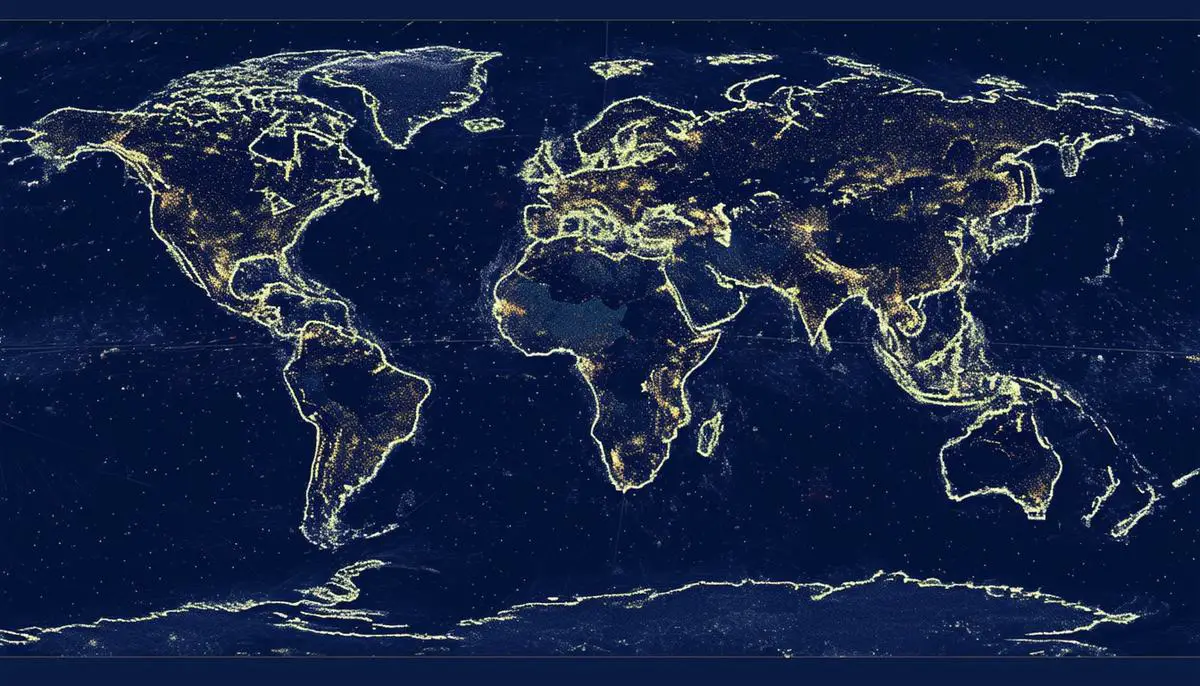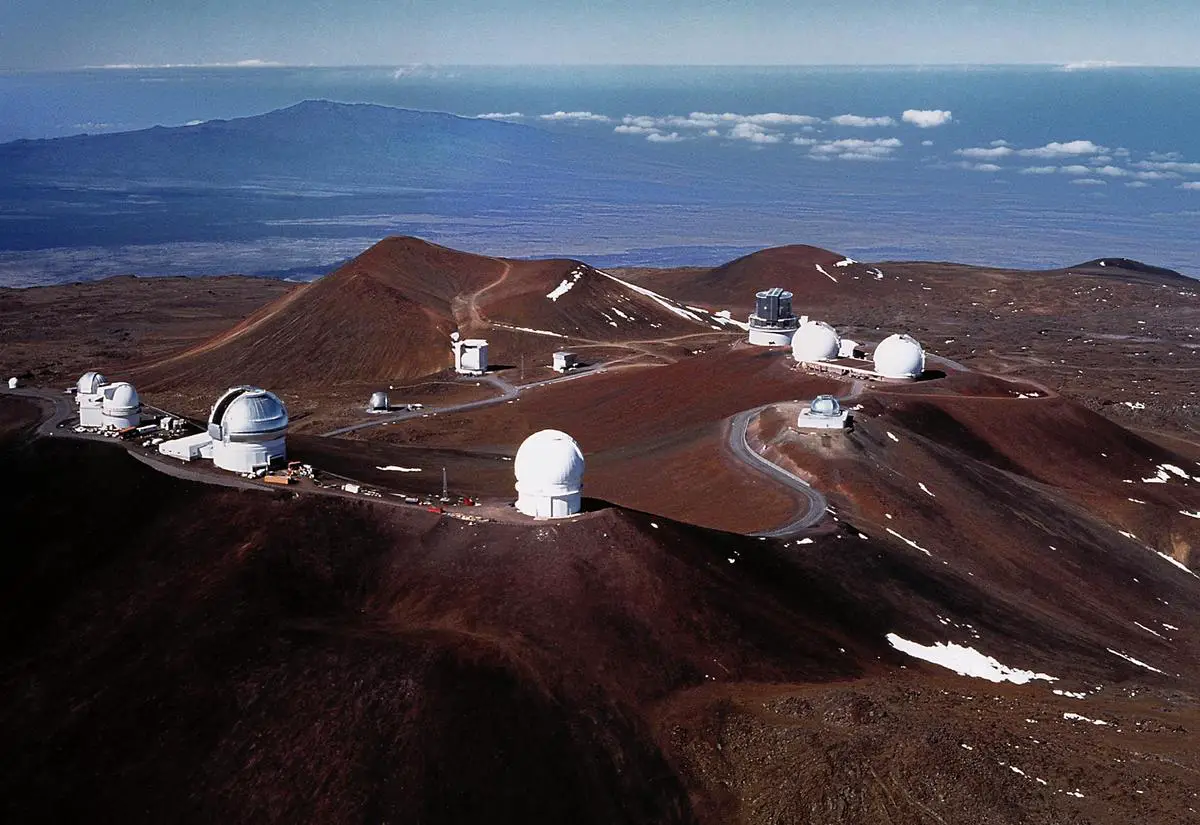Comet Basics and Significance
Comet C/2023 A3, also known as Tsuchinshan-ATLAS, is a celestial body with an impressive 80,000-year orbit. First spotted by observers at the Purple Mountain Observatory in China and an ATLAS telescope in South Africa, it will make its closest approach to Earth on October 12, 2023, appearing about 44 million miles away.
This comet is expected to be visible to the naked eye, though binoculars or telescopes can enhance the viewing experience. Its brightness is anticipated to rival that of renowned comets like NEOWISE and Hale-Bopp, making it a rare astronomical event.
Visible post-sunset along the western horizon throughout October, C/2023 A3's tail may extend over 15 degrees. Its path and brightness fluctuations are influenced by its proximity to the sun and Earth, highlighting the dynamic nature of these icy travelers.
The comet's presence offers a unique opportunity for scientific study, providing insights into comet compositions and behaviors. As it passes, it will likely spark discussions about the formation and characteristics of cosmic entities like Halley's comet or NEOWISE.
The tail and coma, created by solar radiation's impact on the comet's frozen materials, transform it into a luminous object in the night sky. These features offer glimpses into the dynamic nature of space, captivating both astronomers and stargazers.

Optimal Viewing Conditions
For optimal viewing of Comet C/2023 A3 Tsuchinshan-ATLAS, observers should consider the following:
- Northern Hemisphere: From mid-October, find a vantage point with an unobstructed view of the west-southwest horizon, away from urban light pollution. On October 12, the comet will be about six degrees above this horizon, climbing higher each subsequent night.
- Southern Hemisphere: Earlier observations will be possible as the comet emerges at dawn, slightly right of due east. Although peak brightness may diminish by the time it reaches northern evening skies, it will still provide an impressive display.
- Location: Rural or less illuminated areas offer better viewing conditions. Consulting light pollution maps can help locate darker spots for clearer views.
- Equipment: Binoculars or a small telescope can enhance the experience, revealing finer details of the comet's dusty tail.
- Celestial landmarks: In mid-October, the bright orange star Arcturus and Venus can help locate the comet, which will lie between these two points.
- Moon phases: Initially, the waxing gibbous moon might interfere with visibility, but as it wanes in the latter half of the month, viewing conditions will improve.
Patience and adaptability are key to successfully observing this rare celestial event, which won't return for another 80,000 years.

Scientific Opportunities
Comet C/2023 A3 Tsuchinshan-ATLAS presents valuable scientific opportunities for astronomers. Its unique 80,000-year orbit offers insights into the gravitational interactions that shaped its course and the dynamics of the distant Oort Cloud.
Scientists are particularly interested in:
- Orbital analysis: Studying the comet's trajectory to better understand gravitational forces and comet distribution in the outer solar system.
- Physical characteristics: Examining the coma, tail length, and brightness to gain data on the nucleus composition and its reactions with solar radiation.
- Primordial materials: Analyzing water ice, dust, and organic compounds in the comet's tail to learn about the early solar system and potentially the origins of life.
Observational challenges include the comet's vast distance, variable brightness, and potential interference from the sun and moon. To address these, astronomers are employing:
- Ground-based telescopes: Collecting data on brightness fluctuations and tail morphology.
- Space-based observatories: Offering atmospheric interference-free observations, such as SOHO's LASCO C3 camera for near-live images during the comet's approach to perihelion.
- Coordinated efforts: NASA's Jet Propulsion Laboratory is providing stellar coordinates and engaging with global astronomical networks to prepare for the flyby.
This collaborative approach in modern astronomy aims to uncover the comet's mysteries, potentially expanding our scientific understanding of the cosmos.

Comet C/2023 A3 Tsuchinshan-ATLAS presents a unique opportunity for both casual observers and astronomers to witness and study a rare celestial event. Its passage offers valuable insights into cometary behavior and composition, contributing to our understanding of the solar system's formation and evolution.
- Cooke B. NASA's Meteoroid Environment Office. Interview with NPR. 2023.
- Gibb E. University of Missouri – St. Louis, Department of Physics and Astronomy. 2023.
- Marcus JN. Forward-scattering enhancement of comet brightness. I. Background and model. Icarus. 2007;199(2):305-318.
- Green D. Central Bureau for Astronomical Telegrams, Cambridge, Massachusetts. 2023.
- Masi G. Virtual Telescope Project. Personal communication. 2023.
![]()
